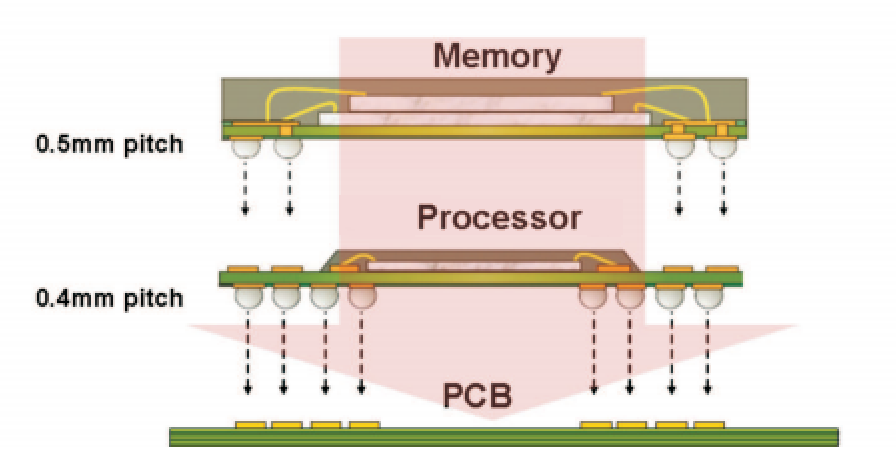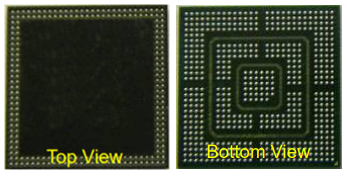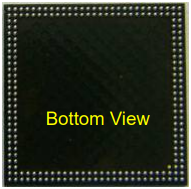POP (Part-on-Part) Assembly
POP technology allows certain components to be stacked on top of one another during the PCB Assembly Process; for example, some advanced processors will have their memory modules mounted directly on top of the main processor package. This technology offers key advantages in miniaturization for many High-Density Interconnect (HDI) designs, but also requires special consideration during PCB assembly, including multiple placement and/or Reflow Soldering cycles. These additional considerations can drive up both cost and lead time for a PCB assembly project.
POP parts are a Complex Component, and unlike simpler packages, POP type parts require solder paste to be screened not only onto the PCB, but also onto the bottom chip. This means an additional step must be performed after the regular paste application, which can be tedious for larger volume orders.
For the reflow soldering procedure, there are two options available:
- Single-Pass Reflow
- Two-Step Reflow
The only concern with Single-Pass Reflow is around X-Ray Inspection. Since the memory chip sits on top of the processor, the solder in between the 2 chips will likely block the X-Ray image for some of the pins on the processor. We can try to solve this issue by taking 2 X-Ray images; one looking down from the top of the board, and another looking up from the bottom. Still though, it might be difficult to distinguish between the solder balls from the top and bottom parts.
The images below show a standard POP-style part, to give an idea of how some pads on the bottom chip might be covered. For this sort of package, it is only the outer ring that might be blocked in the X-Ray image, since those are the only pads that overlap between the 2 packages
Processor

Memory

The issues in X-Ray inspection can be more fully solved using Two-Step Reflow, but this method does require more additional cost and lead time compared with the Single-Pass method. In Two-Step Reflow, the memory chips are placed on top of the processors first, and soldered independent of the boards. This allows for clear X-Ray Inspection of the interconnection between the two chips.
Bittele has generally not noticed any issues in using Single-Pass Reflow, which produces good results for POP assembly. We also offer many Quality Assurance options to ensure that your boards will function as intended, such as Functional Testing and our Turnkey PCB Sample Program. Clients who would like the additional X-Ray Inspection data for even more confidence can request Two-Step Reflow during the quote phase of the project.
For more information about Bittele or our POP Assembly capabilities, please contact us any time! We can be reached via email at sales@7pcb.com, or toll free at 1-888-812-1949.
Related Articles:
- Part-to-Part, Part-to-Hole, and Part-to-Board Edge Spacing
- QFP and QFN Packages: Taking Care of Your Complex ICs
- How Component Packages Can Affect the PCB Production Process
- Bittele's Capabilities for DSBGA and other Complex Components
- How does PCB X-Ray Inspection Work?
Search articles:








